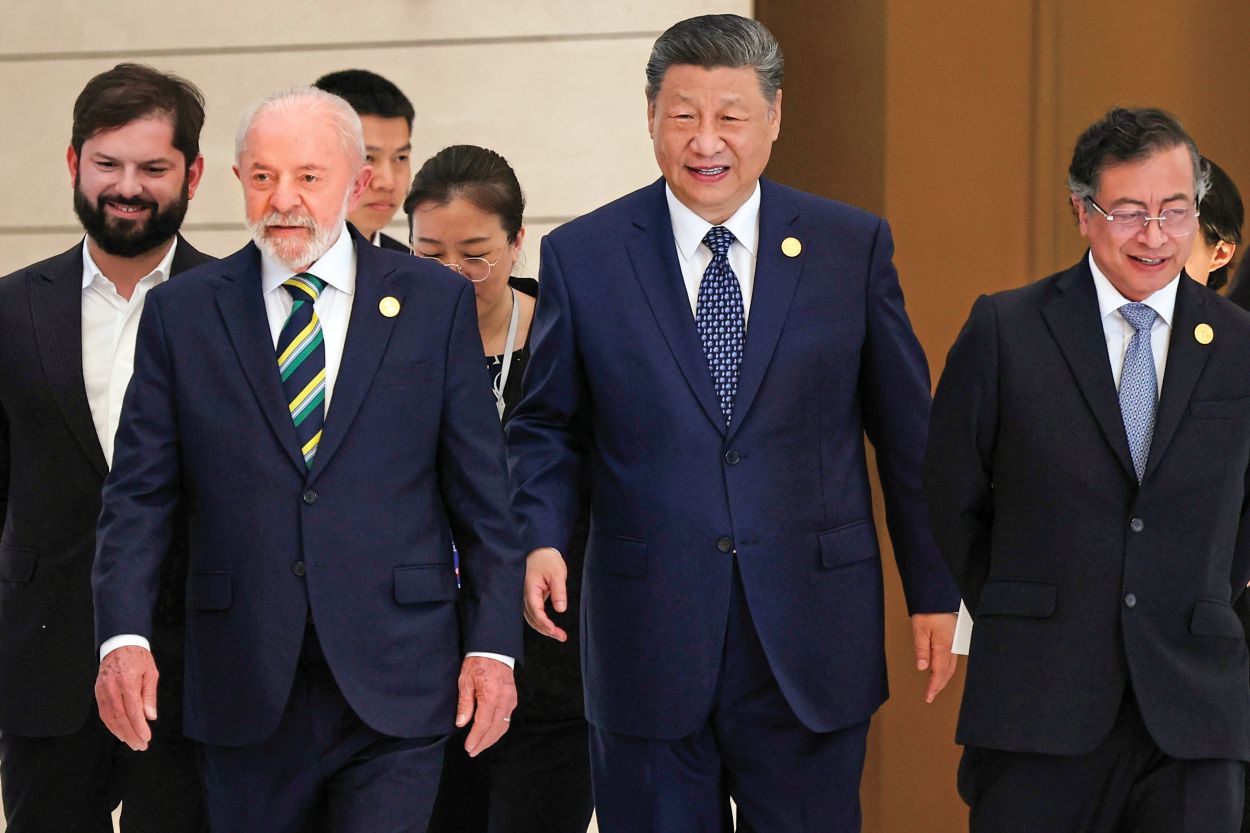Speakers at this week's World Economic Forum emphasized that Latin America is more prepared for a global economic slowdown than in the past. Experts say growing links with Asia, shown by recent summits, play a role.
Cancun played host once again this year to the World Economic Forum (WEF) on Latin America, where speakers and roundtables focused on topics ranging from education to energy to innovation on April 15 and 16. Perhaps the most pressing topic at hand was the issue of how Latin America will fare in the face of the global economic downturn. At the summit’s opening event, Grupo Nacional Provincial of Mexico CEO Alejandro Baillères said Latin America’s ability “to deal with what’s happening with the world economy has never been stronger.” As participants noted, growing ties between the region and Asia serve as one of the main factors attributed to Latin America’s more surefooted standing in the global economy.
As a demonstration of the deepening bond between the two regions, Indian President Pratibha Patil’s first state visit abroad since taking office brought her to Latin America, where she began a trip on April 12 with stops in Brazil, Mexico, and Chile. According to information released by India’s Ministry of External Affairs on the eve of Patil’s departure, the country’s 2007 total trade reached $3.2 billion with Brazil, $2 billion, and $2.4 billion with Chile. As Latin Business Chronicle notes, India’s trade with Latin America nearly doubled between 2005 and 2007, jumping from $6 billion to $11.2 billion in just two years. Furthermore, Latin America has attracted Indian investment funds as Indian IT firms open facilities in locations such as Mexico and the Dominican Republic to take advantage of Latin America’s proximity to the U.S. market.
At the same time that Patil started her Latin America tour, President Bachelet of Chile met with her Chinese counterpart Hu Jintao during a four-day trip to China. Chile, the first Latin American country to sign a free-trade agreement with China, has witnessed a 65 percent increase in trade with Beijing since the bilateral pact was inked in 2005; two-way trade reached $14 billion in 2007. During Bachelet’s visit, Chile and China also signed an agreement aimed at boosting economic relations between the two countries by opening up dozens of service sectors to investment.
Santiago’s partnership with Beijing underscores the deepening interconnectedness between China and Latin America, fueled by the Asian giant’s hunger for commodities. Speaking at the WEF this week, Jiang Shixue of Beijing’s National Academy of Social Sciences predicted that, over the next decade, Chinese investments in Latin America will grow by as much as 20 percent each year because of Beijing’s interest in the region’s commodities. A YaleGlobal analysis of China’s hunger for Latin American commodities recommends that Latin American countries create transparency measures “as well as social- and environmental-impact management systems attached to commodity extraction.” The essay emphasizes the need for investment in infrastructure development in Latin America. In a recent article for the American Interest, AS/COA Senior Director of Policy Christopher Sabatini and COA Vice President Eric Farnsworth recommend expanding pan-Pacific trade agreements as a means to promote prosperity and open markets.








